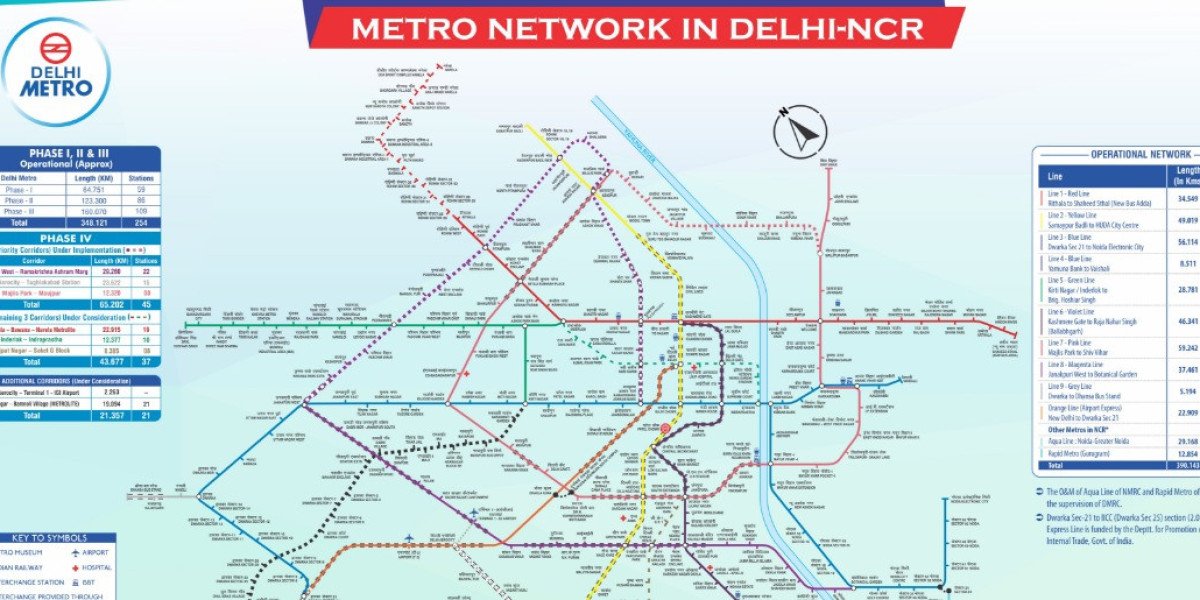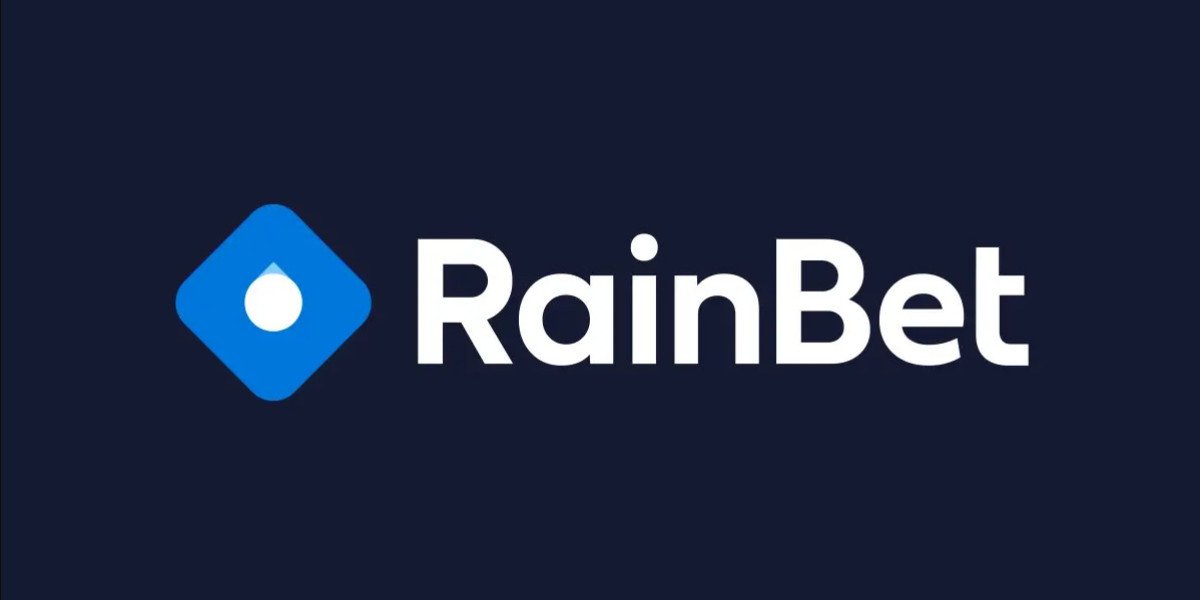The Delhi Metro Blue Line stands as a vital corridor in the city's transit network, linking key areas across Delhi, Noida, and Ghaziabad. This comprehensive guide delves into its stations, routes, maps, and timings, providing essential information for daily commuters and travelers alike.
Overview of the Delhi Metro Blue Line 2025
The Blue Line, one of Delhi Metro's longest corridors, stretches over 56 kilometers, connecting Dwarka Sector 21 to Noida Electronic City and Yamuna Bank to Vaishali. This line facilitates seamless travel across major residential and commercial hubs, enhancing the city's connectivity.
Detailed Route and Station Information
The Blue Line comprises two primary routes:
Main Line: Dwarka Sector 21 to Noida Electronic City
Branch Line: Yamuna Bank to Vaishali
Key stations along these routes include:
Dwarka Sector 21: Serves as a terminal station with proximity to the Airport Express Line.
Rajiv Chowk: A central hub connecting the Yellow Line, facilitating access to Connaught Place.
Mandi House: Intersects with the Violet Line, offering routes to cultural landmarks.
Noida Sector 18: A bustling area known for shopping and entertainment.
Vaishali: Terminal station on the branch line, serving Ghaziabad commuters.
The line encompasses a total of 57 stations, ensuring comprehensive coverage across the region.
Interchange Stations Enhancing Connectivity
The Blue Line's strategic interchange stations enable efficient transfers between different metro lines:
Rajiv Chowk: Connects with the Yellow Line.
Mandi House: Links to the Violet Line.
Dwarka Sector 21: Intersects with the Airport Express Line.
Noida Sector 52: Connects to the Aqua Line (Noida Metro).
These interchanges facilitate smooth transitions, reducing travel time and enhancing the commuter experience.
Comprehensive Route Map for 2025
The 2025 route map of the Delhi Metro Blue Line illustrates its extensive reach, highlighting all stations and interchanges. This visual representation aids commuters in planning their journeys effectively.
Operational Timings and Frequency
The Blue Line operates with the following schedule:
First Train: Departs at 5:30 AM.
Last Train: Departs at 11:30 PM.
Train frequency varies throughout the day:
Peak Hours (8–11 AM, 5–8 PM): Trains arrive every 2–3 minutes.
Non-Peak Hours: Trains arrive every 5–7 minutes.
This schedule ensures timely and efficient service for all commuters.
Future Developments and Extensions
Plans are underway to extend the Blue Line further, enhancing its reach and connectivity:
Noida Sector 62 to Sahibabad Extension: This proposed extension aims to connect additional residential and commercial areas, further integrating the metro network.
These developments signify the continuous efforts to improve urban mobility and accommodate the city's growing transportation needs.
Benefits of the Blue Line for Daily Commuters
Commuters on the Blue Line enjoy several key benefits. The consistent train schedule allows passengers to plan their day efficiently. With multiple interchange stations, travelers can access distant parts of Delhi and the NCR without delays. Stations remain clean and secure, ensuring a comfortable environment. Modern amenities like digital information boards, escalators, and accessible entry points improve the overall experience.
Many professionals rely on the Blue Line to reach offices located in Connaught Place, Noida Sector 16, and other business zones. Shoppers and students also prefer this line due to its proximity to malls and educational institutions. The Blue Line supports a large population, easing road congestion and lowering pollution levels across the city.
Importance of the Blue Line in the Metro Network
The Blue Line plays a central role in Delhi’s public transport strategy. As one of the busiest lines, it witnesses a high daily footfall. It acts as a backbone for the system, linking the east and west ends of the city. With its dual routes, the line meets the transit needs of different districts, making it highly versatile.
This corridor reduces dependency on private vehicles and promotes sustainable transport. Every extension and upgrade increases its value, supporting the goal of a smart, connected city. The line reflects Delhi Metro’s vision of creating a people-centric transport solution that delivers speed, safety, and accessibility.
Enhancing Last-Mile Connectivity on the Blue Line
Last-mile connectivity remains a key factor in the effectiveness of metro services. The Blue Line addresses this by integrating with feeder buses, auto-rickshaws, and shared mobility options. Many stations include dedicated zones for pickups and drop-offs, allowing travelers to move quickly to their final destinations.
Pedestrian bridges and walkways have also improved access around major Blue Line stations. Several stations lie close to residential colonies, ensuring that people can walk or bike to their nearest stop. Smart planning around the line ensures that it connects seamlessly with the broader urban transport grid.
Conclusion
The Delhi Metro Blue Line 2025 exemplifies efficient urban transit, offering extensive coverage, frequent service, and seamless connectivity. Its ongoing expansions promise to further enhance the commuting experience, solidifying its role as a backbone of Delhi's transportation infrastructure.
For more information or assistance, feel free to contact us.
Frequently Asked Questions
1. What is the total length of the Delhi Metro Blue Line in 2025?
The Blue Line spans over 56 kilometers, making it one of the longest corridors in the Delhi Metro network. It connects Dwarka Sector 21 to Noida Electronic City and Yamuna Bank to Vaishali.
2. How many stations are there on the Blue Line?
There are a total of 57 stations on the Blue Line, including both the main and branch routes.
3. Which stations serve as interchanges on the Blue Line?
Key interchange stations include Rajiv Chowk (Yellow Line), Mandi House (Violet Line), Dwarka Sector 21 (Airport Express Line), and Noida Sector 52 (Noida Metro Aqua Line).
4. What are the operational hours of the Blue Line?
The Blue Line starts operation around 5:30 AM and continues until approximately 11:30 PM. Timings may vary slightly based on station and direction.
5. What is the frequency of trains on the Blue Line?
During peak hours, trains run every 2–3 minutes. In non-peak hours, trains arrive every 5–7 minutes.
6. Is the Blue Line connected to the Delhi Airport?
Yes, Dwarka Sector 21 connects with the Airport Express Line, enabling smooth transit to and from Indira Gandhi International Airport.
7. Are there any future expansions planned for the Blue Line?
Yes, an extension from Noida Sector 62 to Sahibabad is under proposal, aiming to enhance connectivity for more regions in Delhi-NCR.
8. Is the Blue Line accessible for differently-abled individuals?
Yes, all stations on the Blue Line are designed to be accessible, featuring elevators, ramps, tactile paths, and dedicated spaces in trains.
9. Can I use the same metro card for all routes, including the Blue Line?
Yes, the Delhi Metro smart card can be used across all lines, including the Blue Line, for seamless and cashless travel.
10. How can I plan my trip using the Blue Line?
You can use the official DMRC mobile app or website for route planning, train timings, fare calculation, and live updates.








